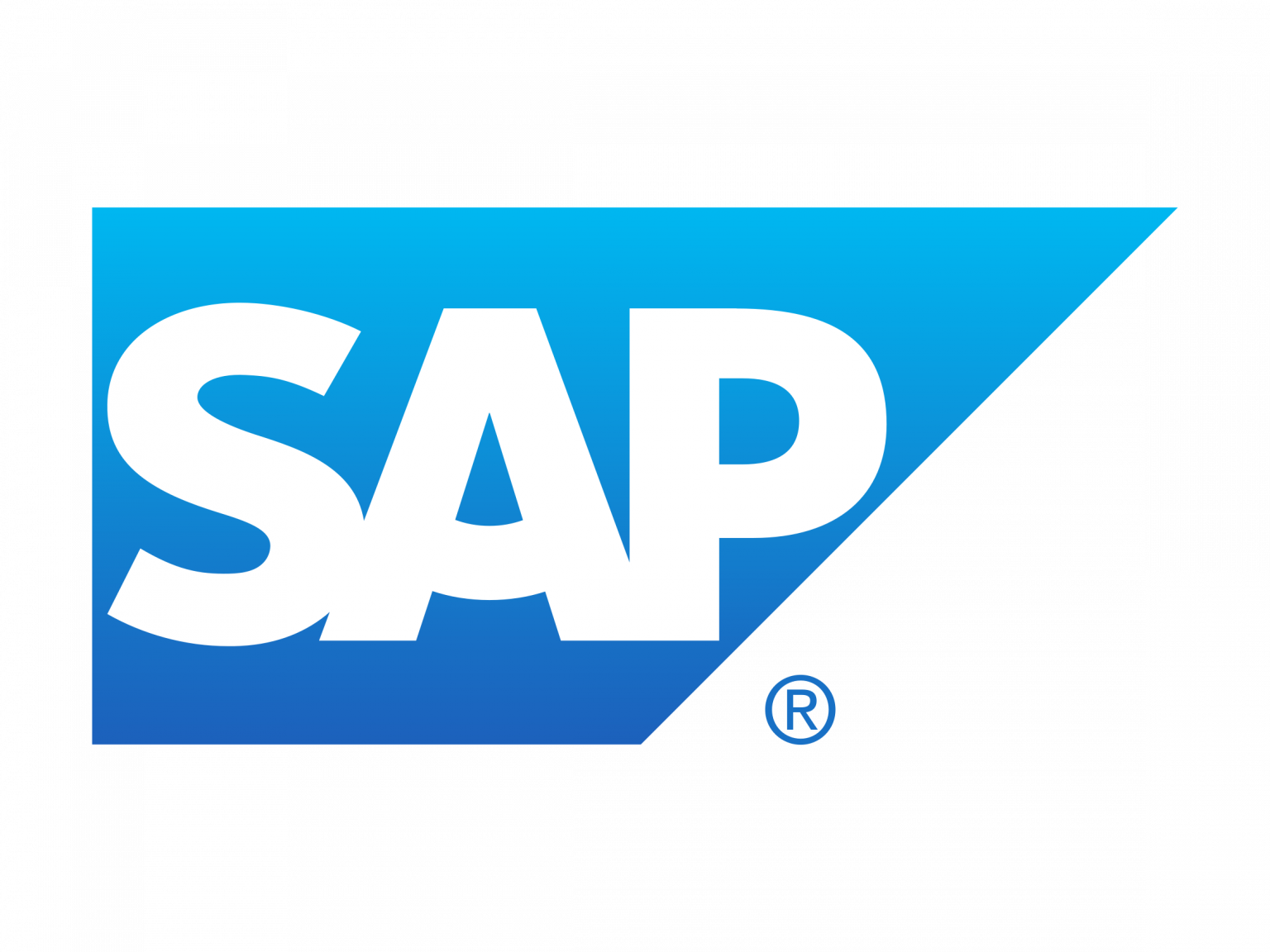
A monolithic provider lacking in microservices.
Summing it up

Evaluation of Shopify on the basis of the international peer review.
Shopify's biggest advantage in terms of compatibility is that it can connect with other third-party solutions, such as payment service providers (PSPs) or product information management (PIM). However, external PSPs may incur additional fees and are only possible with low-code solutions. The frontend can be customized to some extent, but to add backend functionality, store operators must use integrations from the Shopify app store.
Shopify is based on a monolithic SaaS system. Both Shopify and for Shopify Plus therefore do not offer a modular system/microservices. As a result, the platform received a microservice subscore of 2.6. Monitoring is also limited, with reports and dashboards focusing mainly on marketing and sales KPIs. Overall, Shopify's monolithic approach results in limited flexibility and customizability.
Meanwhile, there are a variety of APIs for different purposes, including: Storefront, Admin and Partner. Although primarily focused on the frontend, the APIs are well documented and conform to modern standards (all APIs are available in GraphQL, only the Admin API supports REST). However, configurability or extensibility is very limited, resulting in a sub-score of 5.9.
Shopify is a pure cloud SaaS with multi-tenant operation. It is based on two different services, one on the Google Cloud Platform, the other on Amazon Web Services. However, customers do not benefit from the full range of capabilities offered by cloud-native solutions. While Shopify uses it for its SaaS stack, it is not available for custom projects.
Shopify Plus, the enterprise solution, offers a decoupled headless solution that enables multi-channel and omnichannel sales. In the process, there are predefined front-ends and a large number of third-party integrations. However, the end-to-end customer experience cannot be fully customized. Overall, Shopify receives a score of 7.8 for the headless features.
less
Native
First
larity
When Shopify first launched, it was the first e-commerce solution designed for small and medium-sized businesses. Since then, it has become one of the largest e-commerce platforms overall and has expanded to offer an enterprise solution known as Shopify Plus. Shopify Plus serves companies with high sales volumes and a need for more customization and multi-channel sales. Although the company is a market leader and certainly an e-commerce giant, it does have some weaknesses — in particular, the absence of microservices and the relative lack of customization options.
Intro
Shopify as we know it today was founded in 2006 by Tobias Lütke, Daniel Weinand and Scott Lake in Ottawa, Canada. The company had been launched two years earlier as an online store for snowboards, which was then turned into an e-commerce platform. It was initially known as Jaded Pixel and was, at the time, the only e-commerce solution designed for SMEs. By 2009, just two years after the company’s launch, merchants on the platform had generated a total of $100 million in sales. In 2011, Shopify had 15,000 active stores in 80 countries. With another round of funding in 2013, the company began the transitionan e-commerce platform for all kinds of merchants. In 2015, Shopify went public. According to the latest press release, there are now over 1.7 million businesses on Shopify and they had sold a total of $277+ billion on the platform as of the end of 2020.
Key results
Shopify achieves an overall score of 5.8 in our ratings system. Their architecture is monolithic and built entirely without support for microservices. This means that the effort required for customization by developers is quite high, which is reflected in the microservice subscore of 2.6. The second and third lowest scores are for API First and Composability, each of which score 5.9. Because of the SaaS approach, it offers customers the ability to make no-code and low-code changes on the front end. However, customers cannot directly change the code behind their e-commerce shop. Despite API access, the ability to customize the shop is somewhat limited, particularly on the backend. Shopify’s highest subscores are for Headless with 7.8 and Cloud Native with 6.8. As a SaaS solution, the platform provides seamless updates and maintenance, in many cases fully managed by the system. The many third-party integration options allow for a variety of frontends and additional functionalities. In the case of Shopify Plus, multi- and omnichannel setups are also available. Likewise, further app development is possible through numerous software development kits.
Scoring details
5.9
Composability
The Shopify platform only offers limited composability due to its monolithic architecture. All of the software’s functionalities are built into the same software code, rather than being split out into microservices. This means that customers don’t have the option of removing unused features from the underlying software code. Shopify does offer a very robust app store for integrations with many third-party solutions. So, while customers can pick and choose from a variety of front-end themes, payment service providers (PSP) or product information management (PIM) systems, high-code customizations are difficult or impossible. However, Shopify Plus users can use APIs to expose some of the data (although not all) and integrate with other tools and systems.
2.6
Modularity
Modular systems can be achieved in various ways, e.g. via microservices or PBCs (Packaged Business Capabilities). Due to the increasing relevance of composable solutions, modular systems are becoming more and more essential and must be adaptable accordingly.
With its closed monolith architecture, Shopify does not offer any microservices at all. Shopify itself communicates this transparently, saying that they feel that a “modular monolithic” approach works best for their business. The one-size-fits-all monolithic SaaS approach does make it easier to get up and running at the beginning, but the effort required to add functionalities that are not offered in the app store is quite high. Users who have very complex or specific needs for warehousing, checkout, or other backend functionality may have trouble with Shopify, as Backend functionality can only be added using rigid code integrations from the Shopify app Store, and integrating new backend tools can create difficulties for the Shopify Plus API.
5.9
API First
Shopify’s subscore for API first is 5.9. Different APIs are provided for different purposes such as storefront, admin, partner, payment applications and messaging. API access is provided for the frontend, and these are well documented and conform to modern standards. All APIs are available in GraphQL (only Admin API supports REST). However, the configurability or extensibility of APIs is very limited due to the platform’s SaaS approach, which takes a one-size-fits-all approach. They are mainly designed to develop front-ends or integrate with other storefronts. Software development kits and integrations allow for the addition of payment functionalities such as iOS and Android, meaning that Shopify’s ecommerce tools can be used in mobile apps. However, there is no software development kit for back-end development.
6.8
Cloud Native
Shopify is a pure cloud SaaS with multi-tenant operation. The SaaS approach offers customers a fully managed system with seamless updates and easy maintenance options. It utilizes both Amazon Web Services and Google Cloud Platform.The Shopify SaaS platform offers customers seamless updates and scaling, even though it is not microservice-based.
7.8
Headless
Shopify’s highest subscore, 7.8, is for headless features. Headless is only available for Shopify Plus users, who enjoy a decoupled front- and backend and a solid Storefront API that makes multi- and omnichannel sales possible. A wide selection of third-party integrations are available, as are software development kits (SDKs) for app development. This includes a sales channel SDK. The huge variety of premade themes available on the marketplace makes Shopify an industry leader for companies who want to get up and running quickly. However, although pre-made frontend themes are plentiful, the monolithic build means that customization is still somewhat limited. Back-end customizations are also problematic, as they are limited to what is available from the app store or what works well with the available APIs.
Bottom line
Shopify is one of the last ecommerce monoliths. Their customers enjoy a wide selection of pre-designed themes for the frontend, which allows them to have a shop up and running relatively quickly. However, the ability to customize the frontend is somewhat limited due to a relative lack of APIs, and — although backend functionality can be added via the app store, customization is usually impossible. Shopify Plus users benefit from a headless solution that allows multi- and omnichannel sales, and they also have access to a wider range of APIs than standard Shopify users. However, even with Shopify Plus, users don’t get the total API access they might want. Although Shopify does not offer microservices, they do allow customers to integrate apps from the Shopify app store to add functionality. Overall, Shopify offers a fairly flexible frontend backed by a full-stack monolithic backend, making them a good choice for SMEs who are looking to get started quickly with e-commerce. For larger e-commerce enterprises, though, Shopify may not provide the total control they need to adapt to a rapidly changing marketplace.
FAQ























